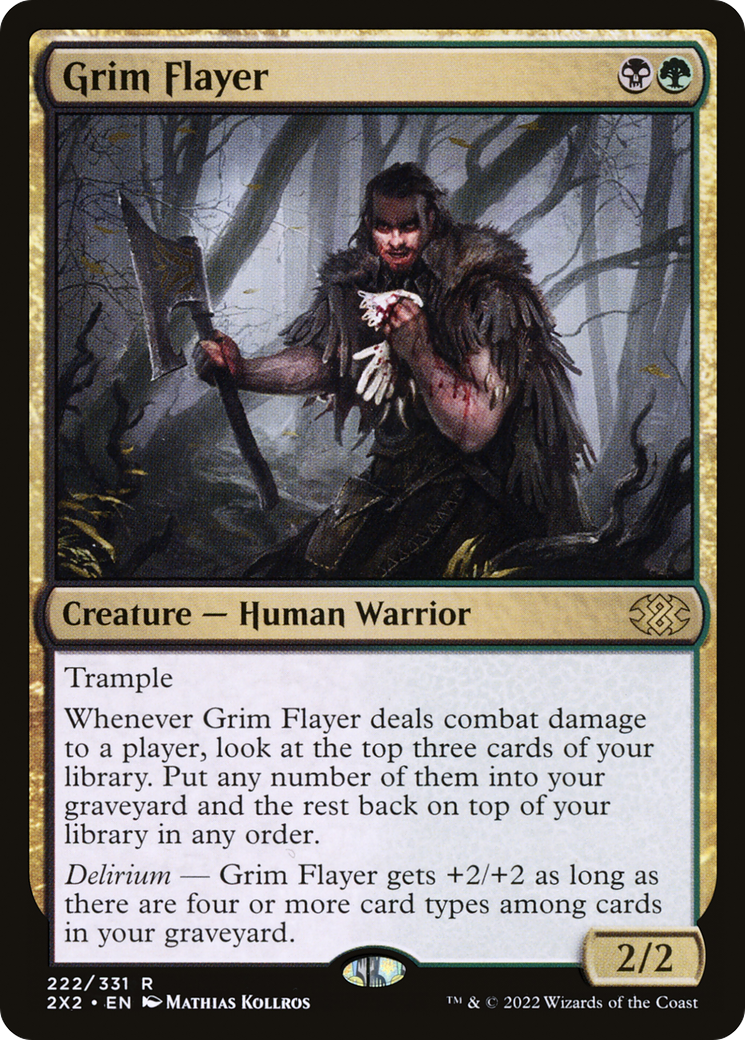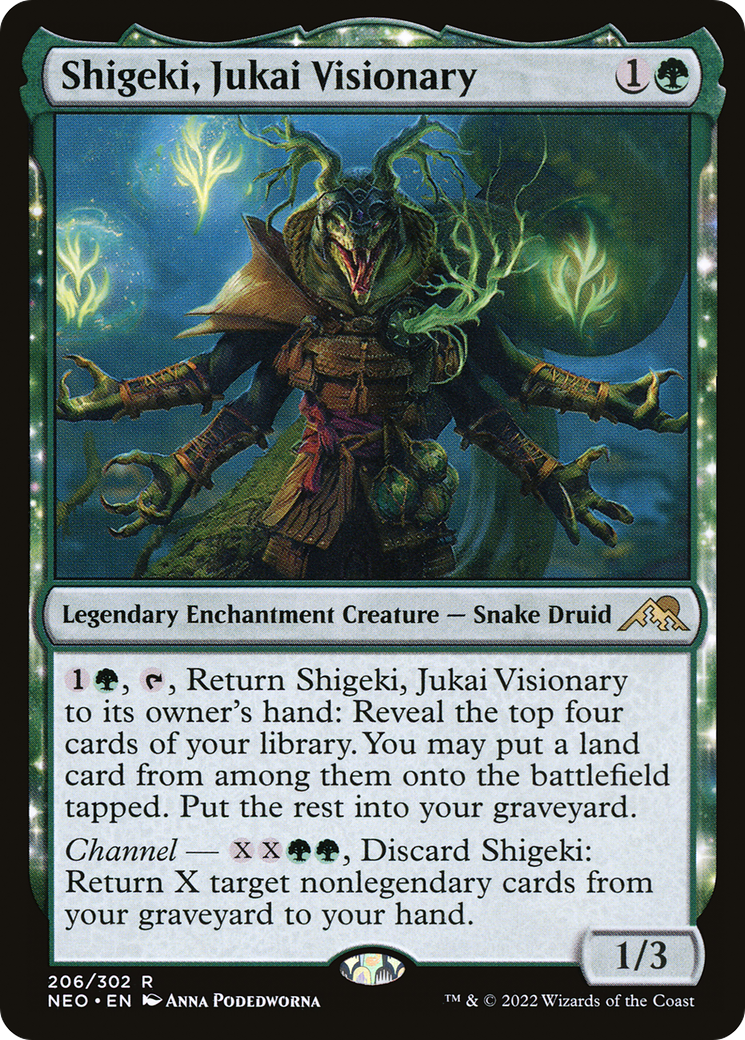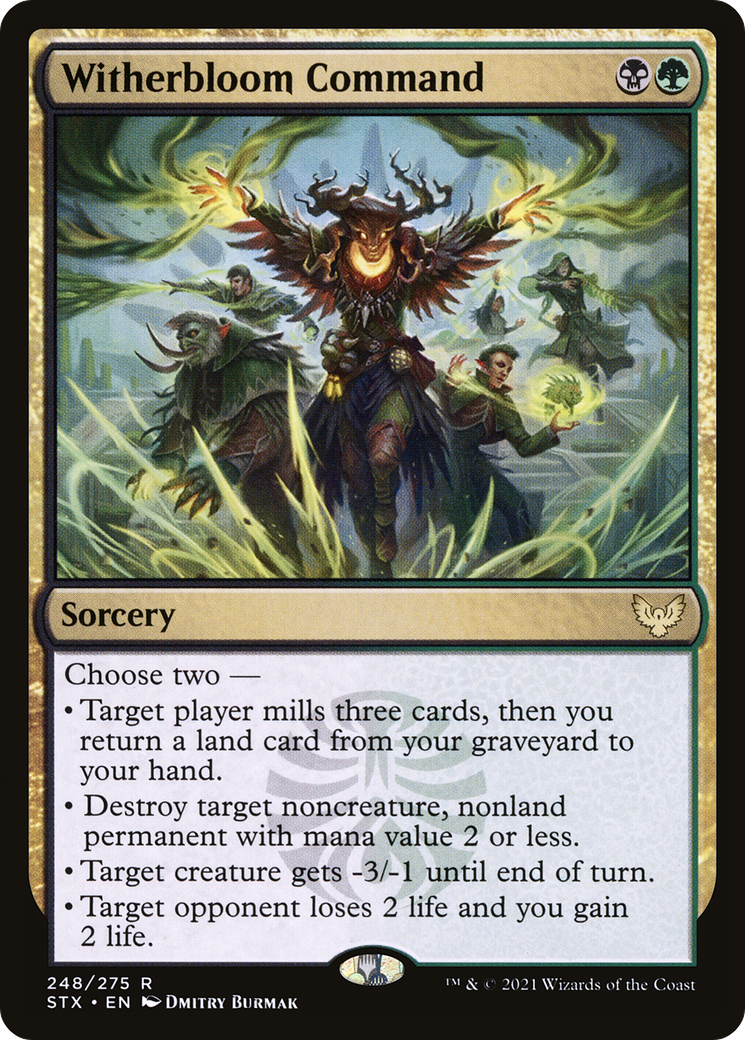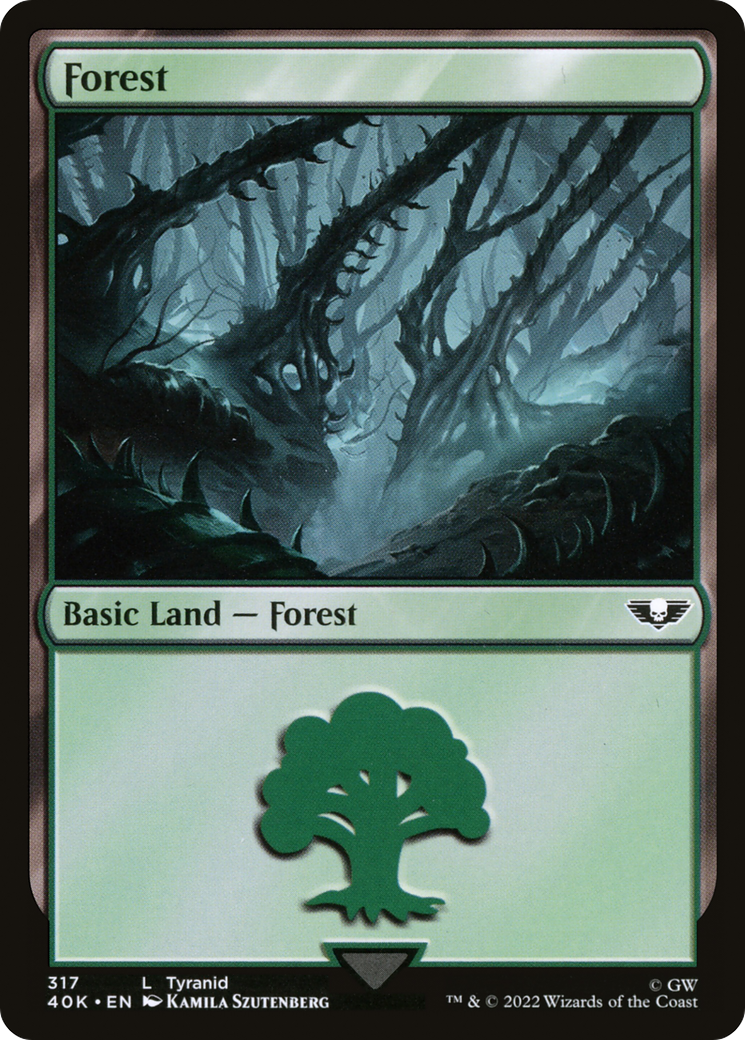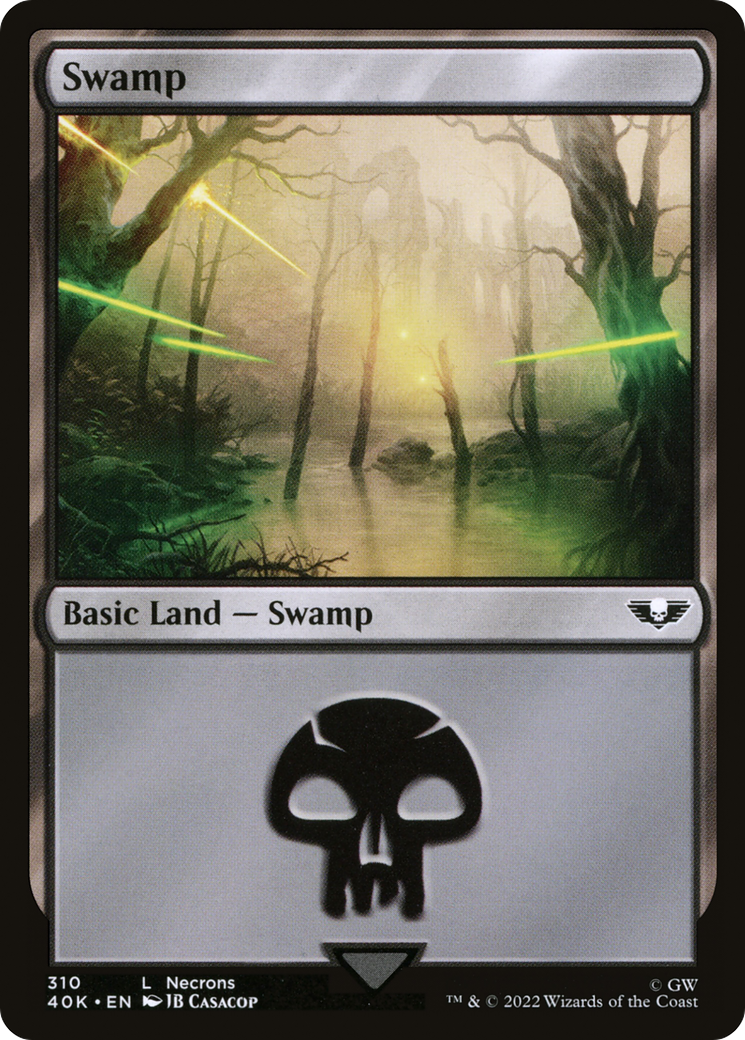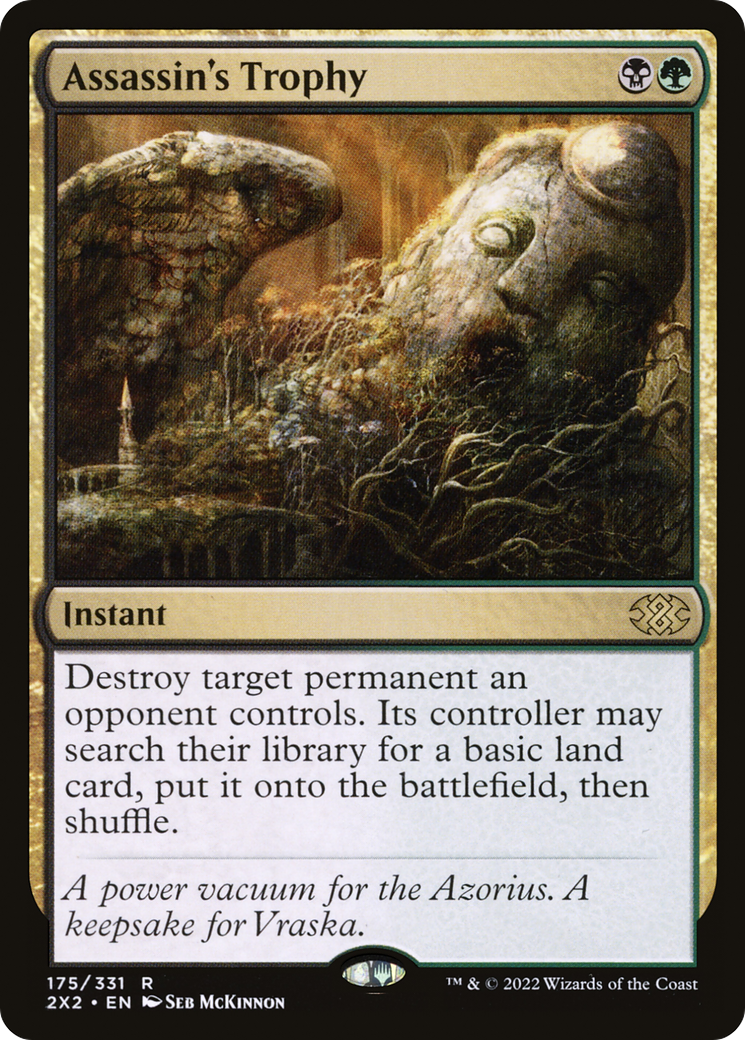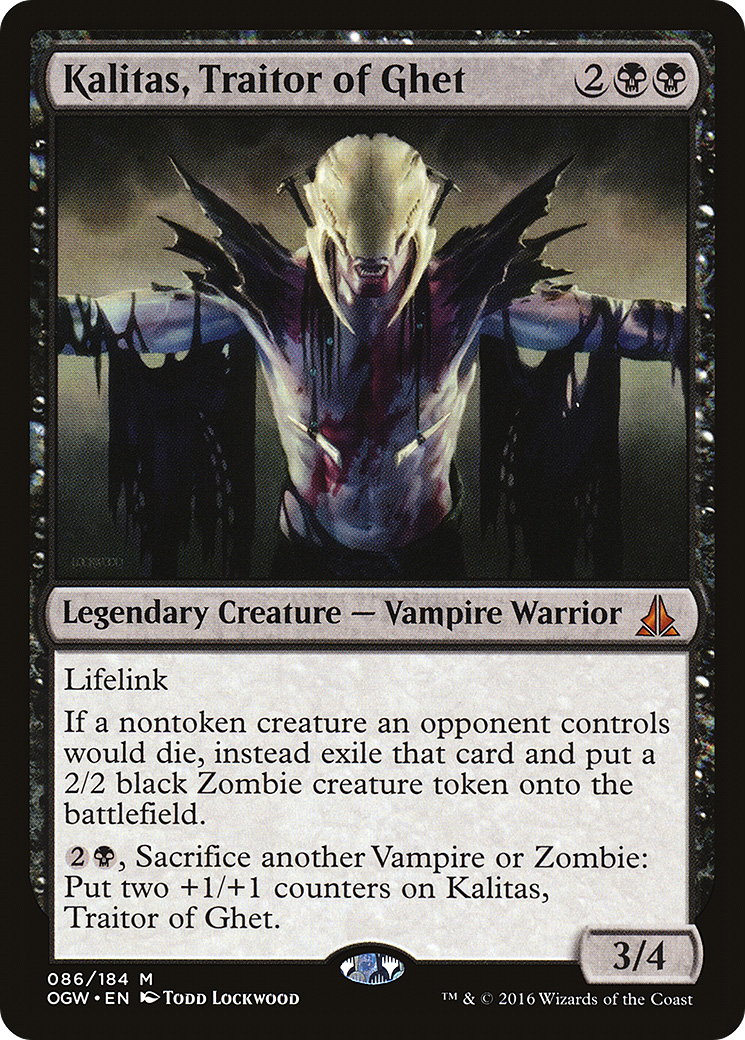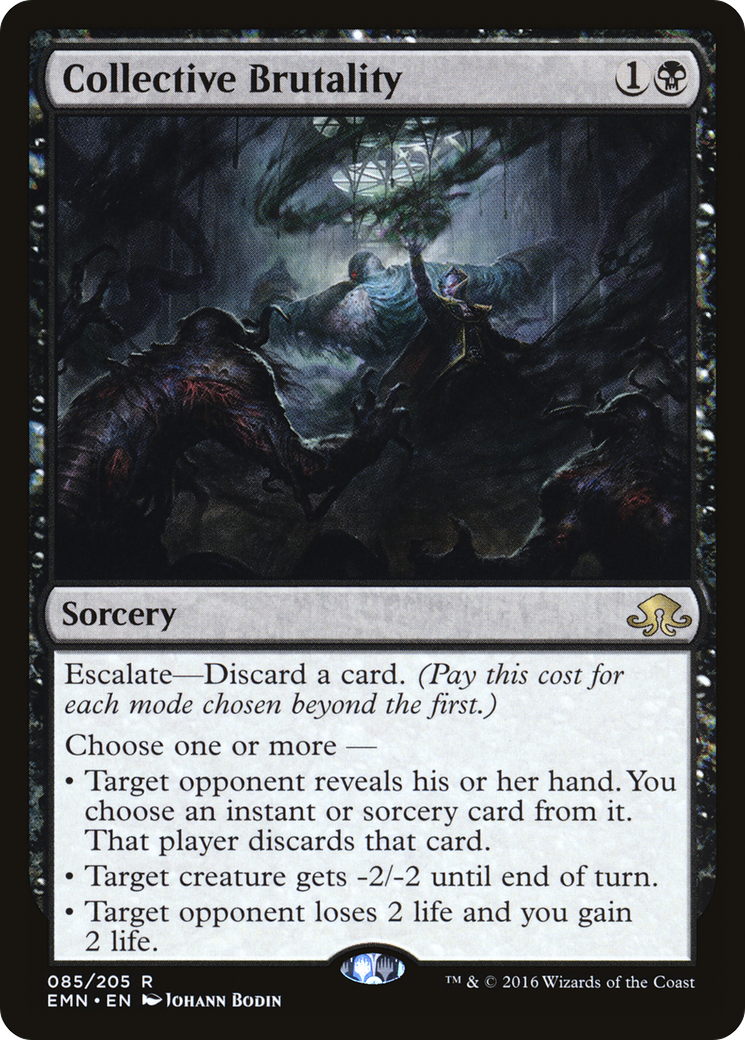For those of you who don’t already know me, I’m not surprised. I don’t have a big name in Magic. I have been playing MTG since 2001 but never really made big splashes. What I like to do is build new decks, brew with cards and hopefully make an impact in the Magic world.
You may have seen my work before If you’re familiar with the Modern format. I was the one who came up with Modern’s first iteration of Hardened Scales. Brian DeMars helped me with that idea. In fact, Brian and I have worked on many of my brews over the past 6 or 7 years. I identify cards that look like they are powerful or fun and I work with them. I’d really like to bring some of these brews to the players who don’t know where to start in a format, want to try something different, or want to be on the edge of something really exciting.
A “DELVE” INTO MY BREWING PROCESS
Whether you have 1 week of experience with Magic: the Gathering or several decades, I’d like to invite you to join along for the ride. My brews are wacky and wild, sometimes stern and firm, and sometimes just downright bad…. But fun.
I want to deliver some of these brews to an audience that might appreciate them. I will take you along as I show my thought process and bring you some wild and/or crazy deck ideas I have. These decks are never really tuned (because the game changes from week-to-week and so do my lists). They will be rough drafts with a lot of thought and practice into them.
It is up to you to finish the product. Maybe put your own twist on the deck. So let’s dive in and see what kind of fun or silly decks we can make together.
Today, I will be talking about my version of Pioneer’s Rock deck. With Liliana of the Veil unlocked, I decided (along with a lot of other players) that I wanted to explore some decks utilizing the powerful reprint.
I am an old man. A “boomer” by today’s standard. I like to play things that I am familiar with:
So naturally, when Dominaria United was spoiled, I looked at one card and my eyes lit up. I saw Urborg Lhurgoyf. Reminiscent of Tarmogoyf but yet so, so, so much different.
Tarmogoyf doesn’t really require a ton of thought to just slam into a deck with green and it’s just a big beater. Urborg Lhurgoyf though, boy, does it require a commitment. It only looks at cards in our graveyard. Worse than that, it only cares about creatures in our graveyard.
Pretty harsh restrictions; but hey, what’s a brew without some limitations or restrictions?
So, we’ve nailed down a starting point. Goyf is what we want to build around. Now it’s time to look at some good enablers.
Liliana of the Veil is nice because it helps us get some cards into the yard, it’s a solid Planeswalker and just a downright good card.
Liliana, the Last Hope is great as well but there’s got to be more things we can do.
So, brewing step 1, I spent some time scouring the internet for all the Pioneer cards. There are some very powerful cards available to us, such as:
Ok, we have a lot of cards to choose from for enablers to help our Goyf, but what about payoffs. What types of creatures can we play that work well with getting a bunch of cards in our graveyard?
My first thought was Gurmag Angler and Tasigur, the Golden Fang. These are great cards but we are trying to pile some cards up in the graveyard to help our Goyf, not removing cards to hurt it.
I looked at Nemesis of Mortals and Ghlata, Primal Hunger even! Then I started looking at things that I could “Flashback” from the yard.
Remember when I said I was a “Boomer” by today’s standards? Well, one of my favorite decks circa 2001 popped into my head. U/G Madness! There is one card that I have been trying to use in a deck since it was spoiled. It’s a card that is a functional reprint from that deck.
This is a reprint of the old card Roar of the Wurm. We get a 6/6 body with Eternalize and it has Trample. This seems awesome! Exactly what I was looking for. Bonus note: Eternalize isn’t casting so most counterspells don’t stop the recursion.
It was starting to come together. We identified a card that we wanted to play and/or build around, Urborg Lhurgoyf, found some good synergies with it, and found a great payoff. The next step was to figure out how to round the deck out and fill in some holes that were missing.
We’re playing Rock so we need to have spells that help clear the way for our big dumb-dumbs to crash through and put some damage on our opponent. Let’s get some removal spells. Our colors have A LOT to choose from. The ones that stood out to me were:
Let’s be honest, what is a Rock deck without some disruption? So of course I looked at some disruption spells.
These are really the only good ones I found for our deck. There are more available but at a higher mana cost.
I did start thinking, disruption isn’t just removing cards from my opponents hands. I could try and disrupt graveyards. This is Pioneer. There’s tons of decks floating around using their graveyard unimpeded. So I started looking at some more cards.
Oh my goodness! I get to bring Deathrite Shaman out of prison? This is great! (For those of you who have never played DRS, it is one of Magic’s best “Planeswalkers”).
A “FLASHBACK” OF THE BREW
So to recap, We identified the card we want to build around, found some enablers for that card, found some good threats to pair with it, and filled out the deck with some removal and disruption. So I built the deck, goldfished it, and then repeated this process several more times until I landed on the list I liked that fished smoothly.
Let me preface this part by saying, I sort of cheated here. I already built a deck in Modern that was very similar to this years ago. So I sort of had a head start. Pioneer is wildly different from Modern but like I said, what is brewing without a little bit of limitation? An important part of brewing is to always bring what you’ve learned from playing past brews and decks to help build new ones.
The mana was sort of hard to nail down in this deck. I wanted as many dual lands as I could get without having to pay tons of life. I also wanted to make sure our lands worked as best for us as we could get them to.
Goyf has an ability that allows us to mill 3 cards for each time it was kicked but the second kicker requires blue mana. Deathrite Shaman helps us get that blue mana but I figured (with Brian’s input) that having a Mana Confluence might also provide us with one extra source of blue when we need it. Another key to good brewing is to be open-minded to other experienced players’ input.
Takenuma and Boseiju are both great lands but only provide us with 1 color of mana so I was limited on the amount of copies I could play. Takenuma just does everything this deck wants. I had to play it.
Boseiju gives us some pretty decent removal that we don’t always have enough of. Most importantly with these lands, the Legend rule can sometimes help us with Deathrite in play and provide another land to eat for extra mana.
Fabled Passage is not the best fetch land but it gets the job done. It allows us to easily trigger Revolt and also allows us to feed Deathrite Shaman pretty early if we need it.
You’ll also notice that I made some odd number choices with the main deck. I talked about how Tasigur hurts us. With that in mind, I found that 1 Tasigur was a good number to have. Sticking him early can make a huge difference but having 2 makes it feel awkward when you activate the ability and your opponent gives you another Tasigur that you can never play.
There are also only 3 Honored Hydra. This was a concession to needing room for the 4th Grim Flayer.
There is also only 1 Shigeki because its effect and card types are very useful to us, it can probably really only ever be used once. Without being able to really abuse the effect, I limited myself to a single copy.
The Stitcher’s Suppliers are some of the best 1 drops in the deck. They suffer from a problem, though. Drawing one late game feels pretty bad when you need a real threat.
With that said, I opted for 4 Deathbonnet Sprout instead. They can be a threat later in the game and put on real pressure.
The Witherbloom Commands are incredible for what the deck is trying to do but the -3/-1 ability isn’t a great removal so I cut one of them instead of the full play set. The card works great in every matchup but I could see going up or down a copy to make more room. So, it’s a flex slot to be played with.
The rest of the removal spells could be swapped around as you see fit. They are pretty flexible in the deck. I just went with the cheapest and the one that couldn’t be countered and it felt good.
The sideboard is sort of open for whatever you think works best for you or the meta you’re expecting. I picked these cards because they are all inherently powerful on their own and/or help the strategy of our deck. With a new brew I tend to err on the side of powerful, flexible sideboard cards until I learn exactly how I’d like to plan in specific, expected match ups.
After playing the deck at RIW’s Thursday Night Pioneer event for the first time, I went 2-1. I got absolutely pummeled by Mono G Devotion, beat a Temur Artifacts combo deck, and beat Mono U Spirits. 2-1, only losing to the default ‘best deck in the format’ is a very respectable and encouraging start for a ‘brand new brew.’
I don’t believe this deck is “the best deck” but I think it can hold its own. The fun part about brewing is maybe it’s just not all that good or maybe in enough time it could be great, like Hardened Scales. What I do know though is, this thing is cool! I had a ton of fun playing it. I got to play some fun, interactive games while also throwing around some Big ol’ dummies at my opponents face.
I think this deck has the possibility of becoming a Pioneer staple. That’s where I leave it to you, the audience. Take what you want from this list. Pick it apart, dissect it, and make it your own. Someone told me recently (you know who you are) that building decks isn’t just one person sitting alone and brainstorming ideas until it works. It usually takes a team with many people getting their hands on it. I invite you to be on our team.





